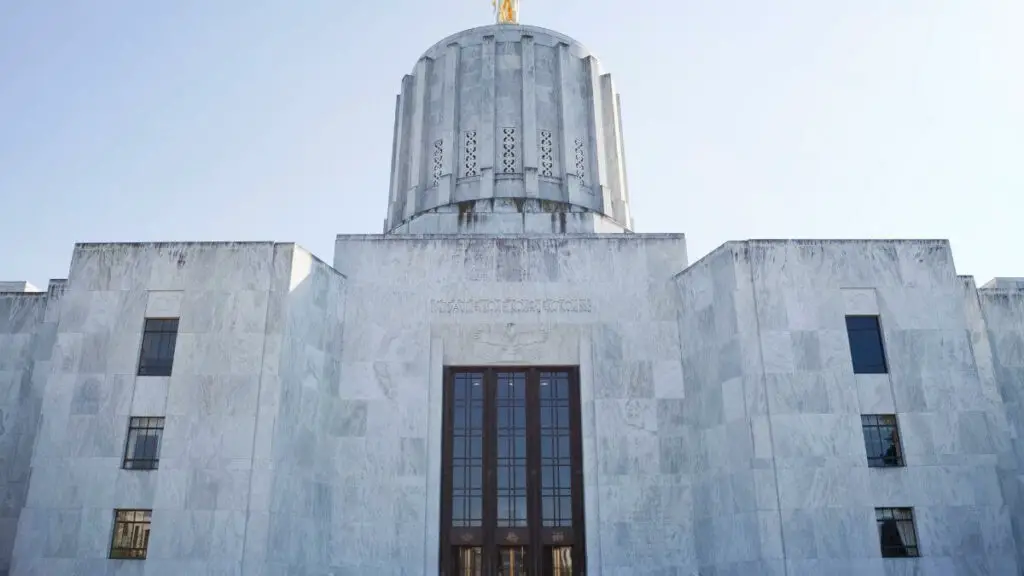According to reports, the topic of requiring financial literacy education for high school students has come up before in Oregon. This time, fortunately, it may finally come to pass as Senate Bill 3 was just approved by the state senate on June 20 with twenty-four ayes to only one nay. The bill is now with the state House of Representatives. If passed into law, SB 3 will require all high school students, beginning with the Class of 2027, to complete one-half credit of personal financial education and one-half credit of higher education and career path skills.
Having recently increased the state budget for K-12 public education, Democratic governor Tina Kotek is likely to sign SB 3 into law if the bill passes the House and makes it to her desk. The bill is unique among Personal Financial Literacy (PFL) bills in that it also requires a semester of higher education and career path skills. A few other states have linked their PFL semester with a semester of civics education in a bill. Certainly, a semester of higher education and career path skills is a noble pursuit and should likely be separated from a financial literacy course.
Free Financial Literacy Resources in Oregon
As of 2016, the state recognized that it had fallen behind most other states in financial literacy. However, its recommendations failed to meet the “gold standard” of a standalone PFL class required for high school graduation and were limited to embedding financial literacy standards in existing courses. Fortunately, Oregon has plenty of resources that educators can use quickly to fulfill the mandates of SB 3 if and when it comes to pass. A good starting point is the Oregon State Treasury Financial Literacy webpage.
Financial Beginning Oregon, an affiliate of Financial Beginnings USA (prominent on the west coast and in Nebraska), offers educational curriculum for grades 9-12 in its Financial Foundations and Pathways modules. Although the material is currently delivered by volunteers, the passage of SB 3 could allow teachers to take the lead. Another excellent resource, though much of its material is for college students and those looking for college funding, is Eastern Oregon University. EOU includes links to many educational programs, such as the National Endowment for Financial Education (NEFE) Smart About Money self-directed courses and the Consumer Advice webpage from the Federal Trade Commission (FTC).
The Oregon Division of Financial Regulation has a webpage to teach consumers – and students – how all types of insurance work. Outside the government, the Oregon Bankers Association offers financial education resources to the public, bankers, and teachers. Differentiated by elementary, middle, and high school, the OBA webpage offers comprehensive financial literacy curricula from MoneyFit, Practical Money Skills, and MoneySKILL. The resources for the public section include quality curriculum from the SIFMA Foundation, the state of Oregon securities and investments webpage, and Bank of America’s Better Money Habits program.
In addition, numerous finance-related federal agencies, such as the FDIC, SEC, and Federal Reserve, have educational resources for students that explain how these agencies protect our financial markets and investments in stocks and bonds. Taken together, these free resources should be more than enough to convince representatives in the Oregon state legislature to approve SB 3 and require a PFL class for all high school seniors.


